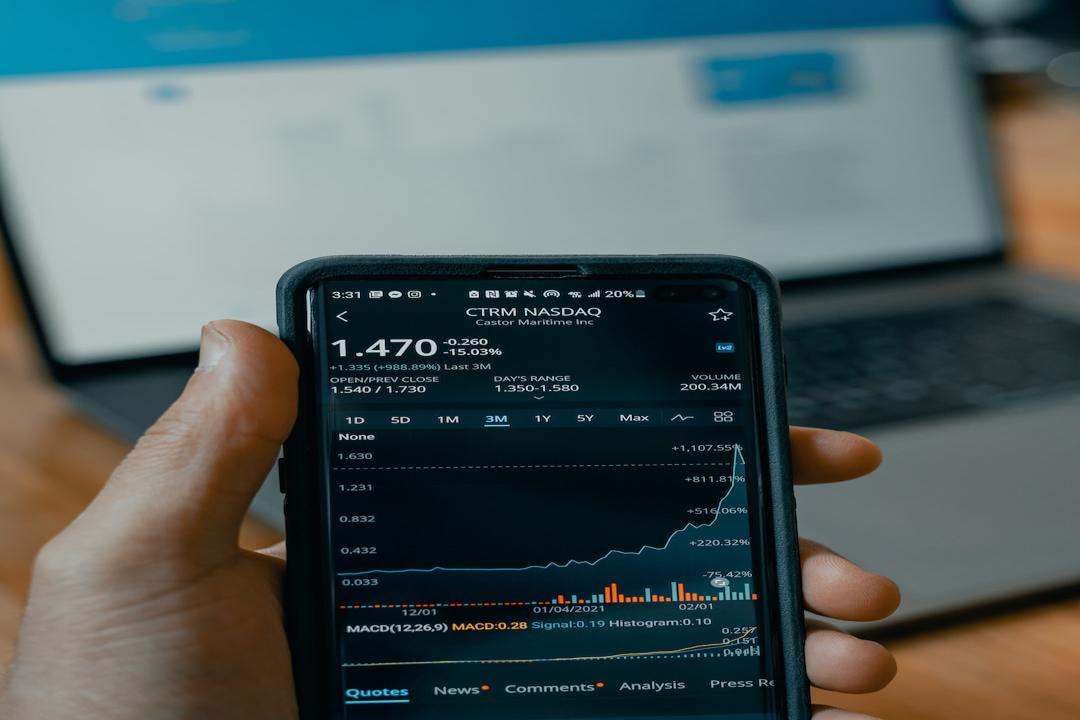Author: dt
Translation by: Lisa
The combination of AI and blockchain is currently a hot topic in the industry, and developers are actively exploring the possibilities of this integration. Blockchain technology is seen as an ideal solution to many issues such as “the inability to efficiently utilize AI services and computing resources.” Many projects in this field have already carved out their own paths.
Today, Dr. DODO will take you through projects that are performing well in the AI and computing power market.
AI + Blockchain
Projects focusing on AI in the blockchain field can mainly be divided into three categories:
1. Computing power sharing: Blockchain technology can build a distributed cloud computing platform to share and efficiently utilize computing resources. Through smart contracts, idle computing resources can be leased to those in need of computing tasks, thus increasing resource utilization and reducing costs. Representative projects include io.net and Aethir.
2. AI data security and verifiable computing: Both AI and blockchain technologies deal with large amounts of data. Blockchain storage networks provide a secure way to store and transmit data, while AI analyzes this data to generate valuable information. Combining the two can protect user privacy while providing reliable data sources for AI. Currently, projects in this direction include Arweave.
3. Decentralized AI: Deploying AI models on a blockchain network can achieve decentralized artificial intelligence services, enhancing system reliability and stability while reducing the risk of single points of failure. Representing this direction is Bittensor.
io.net
Recently launched on Binance, io.net is currently a rising star in this field. io.net is a decentralized GPU network designed to provide immense computing power for machine learning applications. Their vision is to unlock fair computing power access by assembling over a million GPUs from independent data centers, crypto miners, and projects like Filecoin, making computation more scalable, accessible, and efficient.
io.net offers a completely different approach to cloud computing, providing users with more control and flexibility over computing power using a distributed and decentralized model. Their service is permissionless and cost-effective. According to io.net, their computing power is 90% lower than centralized service providers like Amazon AWS, making io.net a standout player in decentralized providers.
Aethir
Aethir offers a disruptive yet highly feasible solution to the complex problem of efficiently utilizing global computing resources. Their network aggregates and intelligently reallocates new and idle GPUs from enterprises, data centers, crypto mining businesses, and consumers. There is a broad market opportunity in better reallocating GPU capacity, and Aethir aims to increase global GPU computing availability by over 10 times.
A key feature of Aethir is its focus on reusing existing idle resources rather than requiring nodes to purchase new hardware. The underutilization of GPU capacity in a device is estimated to be between 50% to 75%, indicating a significant amount of computing resources that can be tokenized. Aethir aims to leverage these abundant idle resources by targeting small to medium-sized data centers and enterprises.
Arweave
AO is a distributed, decentralized, participant-oriented computing system based on Arweave. AO’s core goal is to provide a trustless and collaborative computing service with no practical scale limitations, offering a new paradigm for applications integrated with blockchain. Compared to other high-performance blockchains, AO supports storing large amounts of data, such as AI models. Unlike Ethereum, AO allows an arbitrary number of parallel processes to run within a computing unit, coordinating through open message passing without relying on centralized memory space.
Arweave’s launch of AO signifies a move from decentralized storage to a broader decentralized cloud service domain. Its permanent on-chain storage is not just for user data but aims to be a permanent host for cloud computing, focusing on large-scale verifiable computing.
Arweave recently announced the token economics between $AR and $AO. According to official statements, $AO is a token with 100% fair distribution, with no pre-sale or pre-allocation. The total supply of $AO is 2.1 million, with a halving cycle of 4 years, distributing every 5 minutes with a monthly distribution of 1.425% of the remaining supply.
Approximately 36% (the first four months at 100% plus the subsequent 33.3%) of $AO tokens are allocated every 5 minutes to $AR holders, incentivizing the security of the AO base – Arweave.
The remaining approximately 64% of $AO tokens are allocated to bridge users to provide external income and incentives for bringing assets into AO.
Bittensor
The training of AI models requires large amounts of data and computing power, but the high costs mean that these resources are mostly monopolized by large enterprises and research institutions. This centralization limits the use and collaboration of AI models, hindering the development of the AI ecosystem. Bittensor (TAO) aims to establish the world’s first blockchain neural network, enabling network participants to exchange machine learning capabilities and predictions.
Bittensor hopes to facilitate the sharing and collaboration of machine learning models and services in a peer-to-peer manner. TAO presents technical challenges in its implementation and is still some distance away from practical application.
Author’s Perspective
These AI + blockchain projects are likely to reshape the future landscape of computing resource allocation. Decentralized ownership, collaborative cross-cluster deployment, and decentralized regional deployment pave the way for a new wave of economic and technological progress. These projects have ambitious goals, aiming to change the landscape of future cloud computing and AI applications, shaping a more interconnected, efficient, and innovation-driven global cloud economy. With countries actively promoting productivity transformation, these development directions are worth exploring in depth. However, as this field requires stronger technical and financial support, the entry barriers for project parties are not low. Currently, they are still in the trial stage, and whether they can be implemented as practical infrastructure remains to be seen.
Original Source: [Link to the original article]

